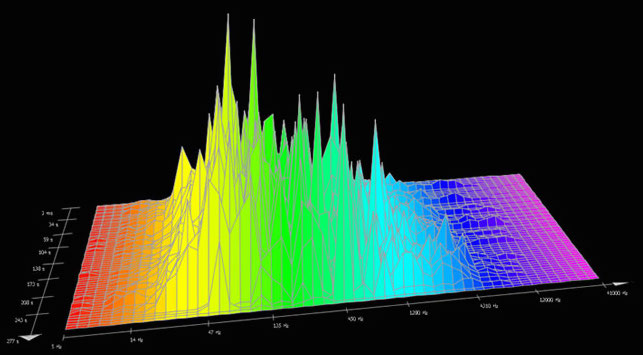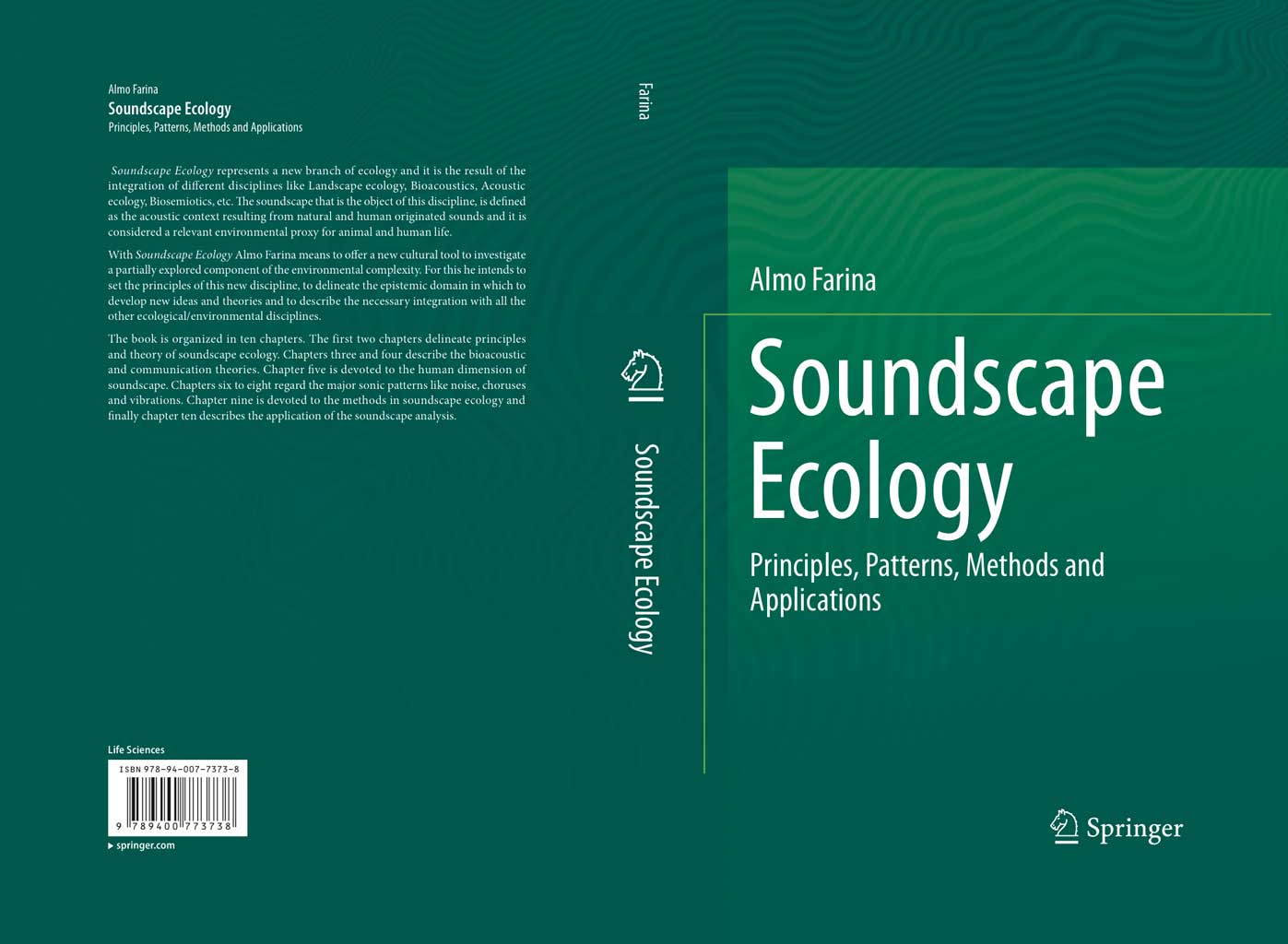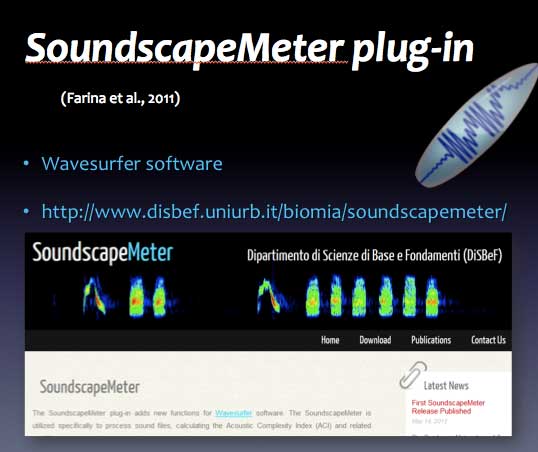To encourage and facilitate the debate among scientists, policymakers, and stakeholders on the role of sounds in ecological processes by promoting workshops, meetings, roundtables, and public debates. It promotes, organizes, and facilitates in collaboration with other scientific organizations (e.g., the International Society of Ecoacoustics, the Code Biology Society, the US_IALE, and the EEF) and international scientific research projects in theoretical and applied ecoacoustics in order to reduce, mitigate, or compensate for human intrusion in the environment to better preserve its biodiversity and all the processes that support life on Earth.
Future
- GERMANY | Murnau | 2015 September 11-17. A symposium dealing with ecoacoustics will be organized by the vice-president of the ISE, Jérôme Sueur at the next International Bioacoustics Council (IBAC) conference.
- ITALY | Rome | 2015 September 21-25. A symposium entitled The soundscape ecology: a new frontier of the ecological investigation will be organized by the president of the ISE Prof. Almo Farina at the conference Ecology at the Interface organized the European Ecological Federation and the Italian Society of Ecology.Website
- USA | East Lansing | 2016 June 05-07. The next ISE meeting will be organized by the secretary of the ISE Prof. Stuart Gage (Michigan State University).
Past
- USA | Portland | 2015 July 05-10. A symposium entitled Connecting the landscape to the soundscape - State of the art and perspectives will be organized by the secretary and the president of the ISE, Prof. Stuart Gage and Prof. Almo Farina at the 9th world congress of the International Association for Landscape Ecology (IALE). Website
- FRANCE | Paris | 2014 June 16-18. The first ISE meeting entitled Ecology and acoustics: emergent properties from community to landscape. Abstract book. Website.






